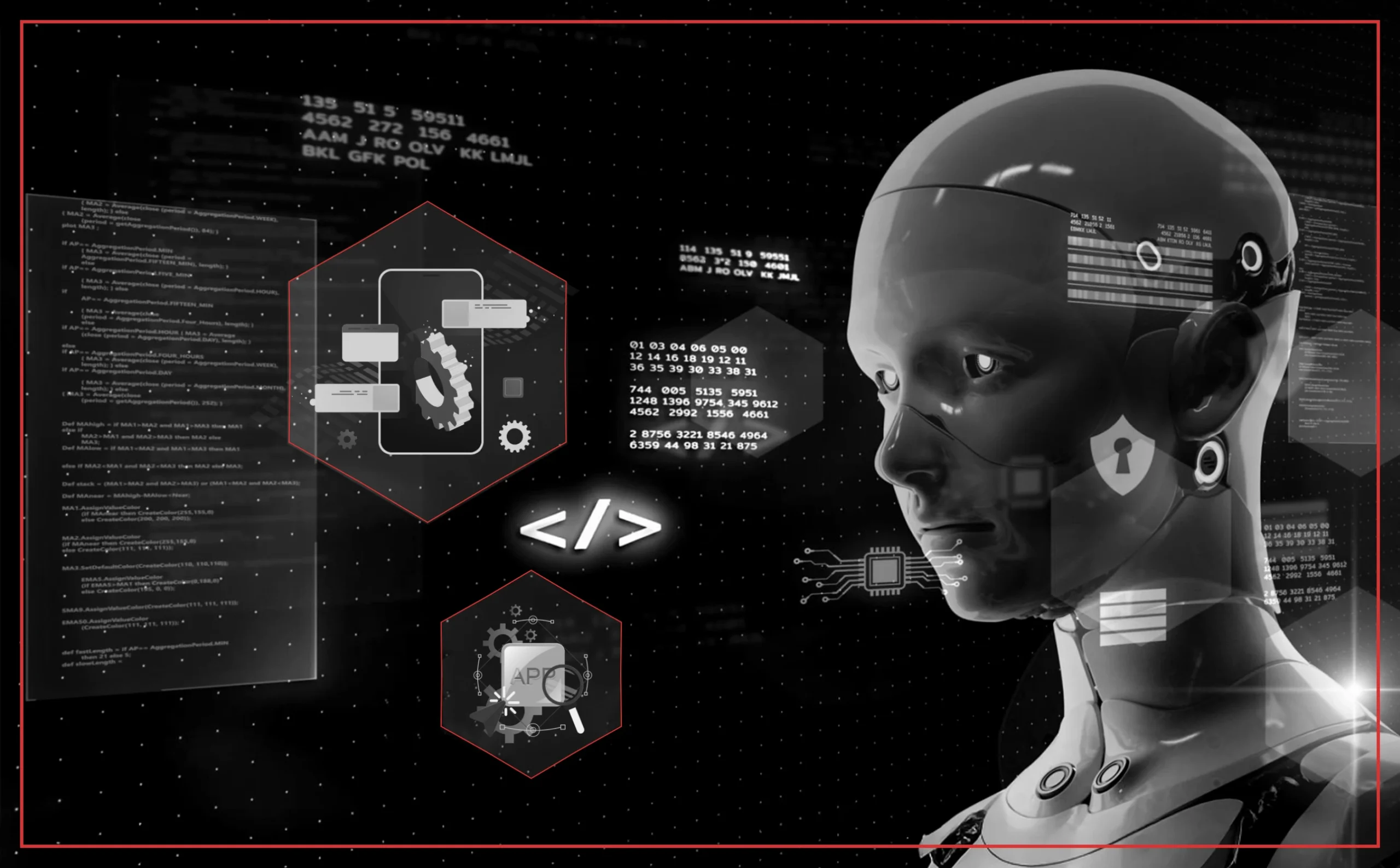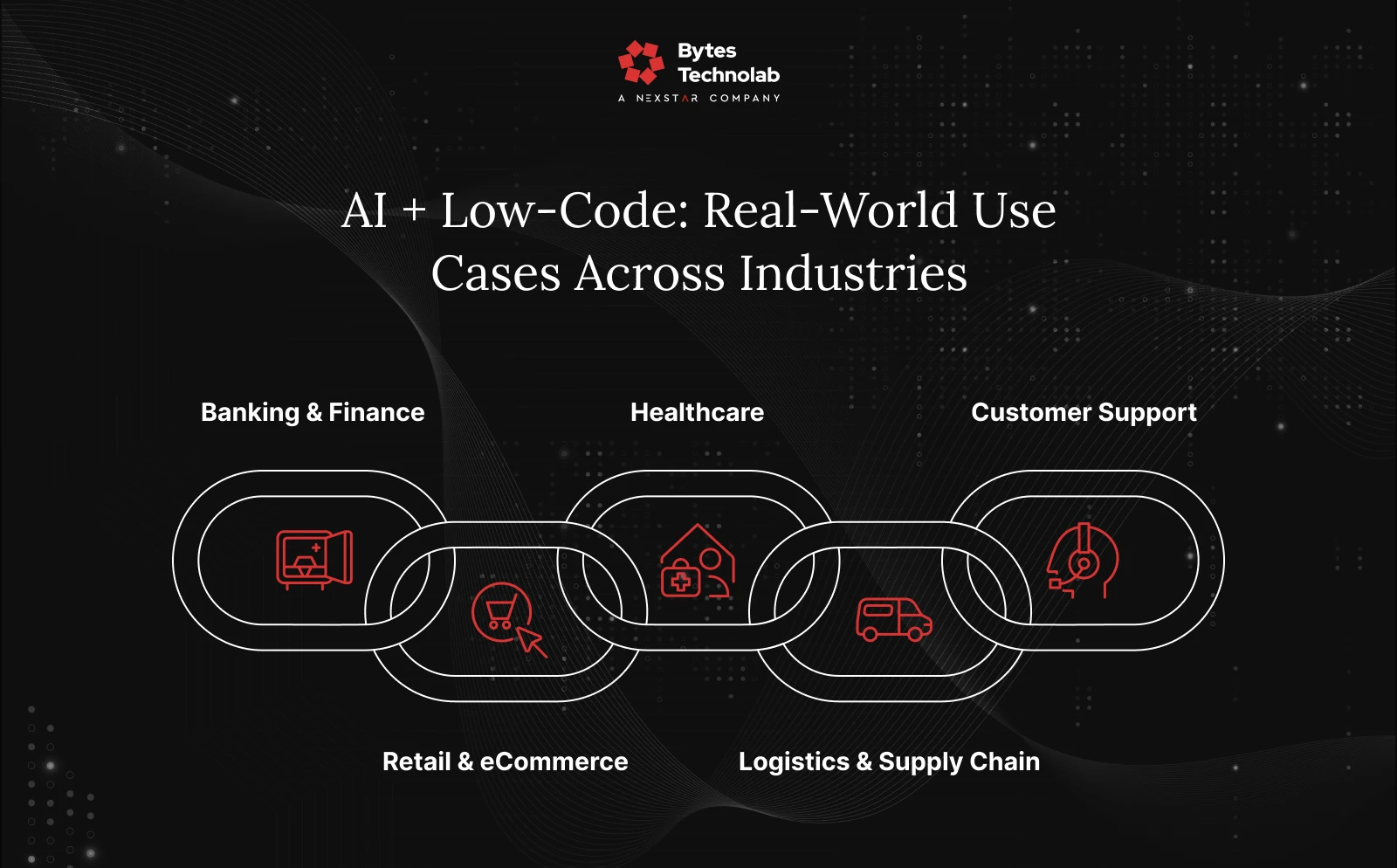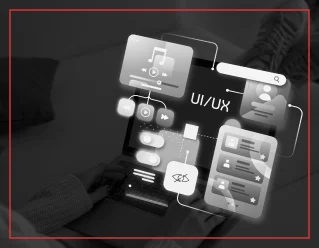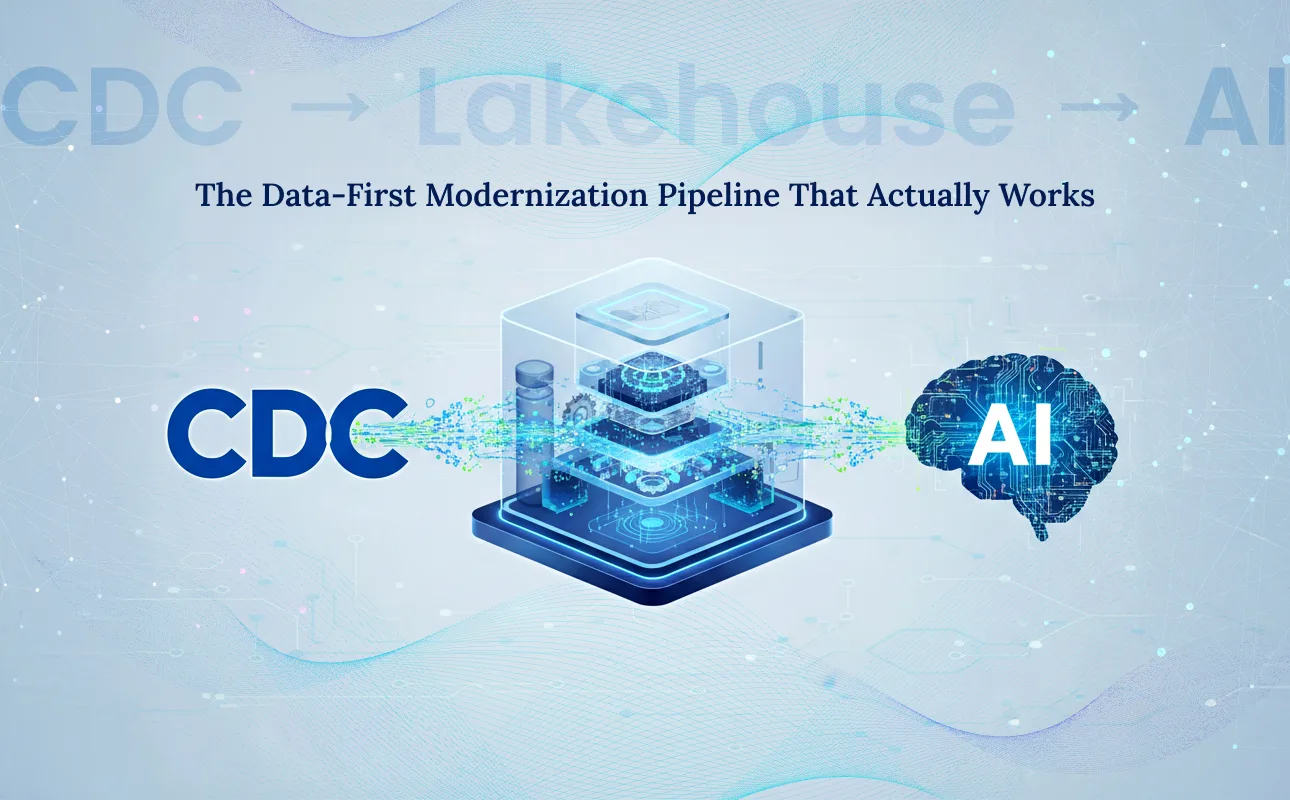The development of powerful business applications now requires weeks instead of months. The same application would automatically grow smarter through data learning and user behavior adaptation while demonstrating human-like decision capabilities. The future holds such possibilities within reach. The development of applications through AI and low code represents a current reality.
The two technologies, AI and low code, have individually revolutionized and optimized business processes. Low-code platforms like OutSystems speed up development and launch as there is minimal to no need for manual coding. AI, as we already know, has added innovation, intelligence, and data-driven insights into business processes to improve diverse capabilities. This combination offers a powerful package that will empower global brands to develop modern customer experiences faster.
It is crystal clear that those brands who’d like to stay ahead can implement solutions powered by low-code development and AI implementation. It is the foundation in transforming your brand new digital ecosystem to make it future-ready.









